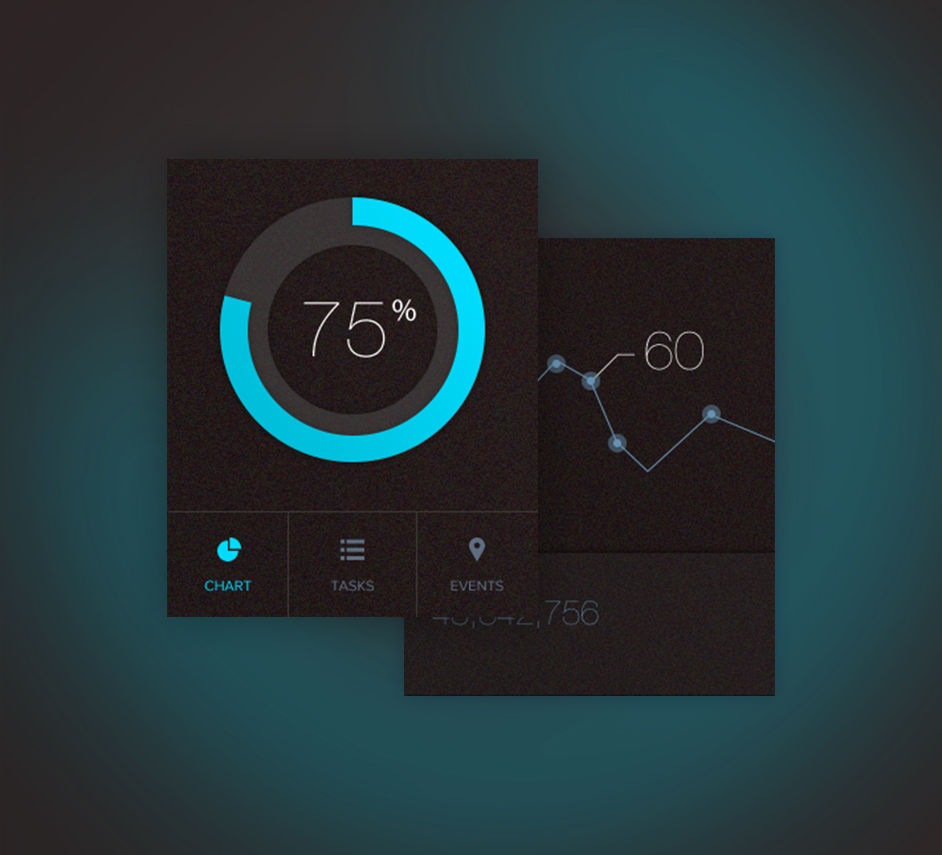The Power of HR-DWH Analytics
- Mustafa İçer
- Apr 7, 2024
- 2 min read
The Power of HR-DWH Analytics In today's data-driven world, HR-DWH analytics has emerged as a powerful tool for organizations to make informed decisions and drive strategic initiatives. The ability to analyze and interpret HR data has become crucial in understanding employee behavior, improving HR processes, and ultimately, achieving business goals. The colorful image above perfectly captures the energy and potential of HR-DWH analytics in driving strategic decision-making. One of the key aspects of HR-DWH analytics is data analysis. By collecting and analyzing HR data, organizations can gain valuable insights into employee performance, engagement, and retention. This data can help identify trends, patterns, and correlations that can inform HR strategies and initiatives. For example, by analyzing employee performance data, organizations can identify top performers and develop strategies to retain and motivate them. Similarly, by analyzing employee engagement data, organizations can identify areas of improvement and implement initiatives to enhance employee satisfaction. Another important aspect of HR-DWH analytics is reporting. With the help of analytics tools, organizations can generate comprehensive reports that provide a holistic view of HR metrics and KPIs. These reports can be used to track progress, identify areas of improvement, and communicate HR performance to stakeholders. For example, HR managers can use reports to track employee turnover rates, identify departments with high turnover, and take proactive measures to address the issue. Visualization is another powerful feature of HR-DWH analytics. By visualizing HR data through charts, graphs, and dashboards, organizations can easily understand complex information and identify trends at a glance. Visualization not only makes data more accessible but also enables HR professionals to communicate insights effectively to stakeholders. For example, a dashboard showing employee engagement scores across different departments can help HR managers identify departments that need attention and prioritize their efforts accordingly. Ultimately, the goal of HR-DWH analytics is to enable data-driven decision-making. By leveraging HR data and analytics, organizations can make informed decisions that align with their business goals. For example, HR managers can use analytics to identify the most effective recruitment channels, allocate training resources to areas with the highest impact, and optimize workforce planning based on future projections. In conclusion, HR-DWH analytics is a powerful tool that can revolutionize HR processes and drive strategic decision-making. By analyzing HR data, generating comprehensive reports, visualizing information, and enabling data-driven decision-making, organizations can unlock the full potential of their workforce and achieve their business goals. So, embrace the power of HR-DWH analytics and take your HR processes to the next level!




